Scientists shedding light on an underground hero
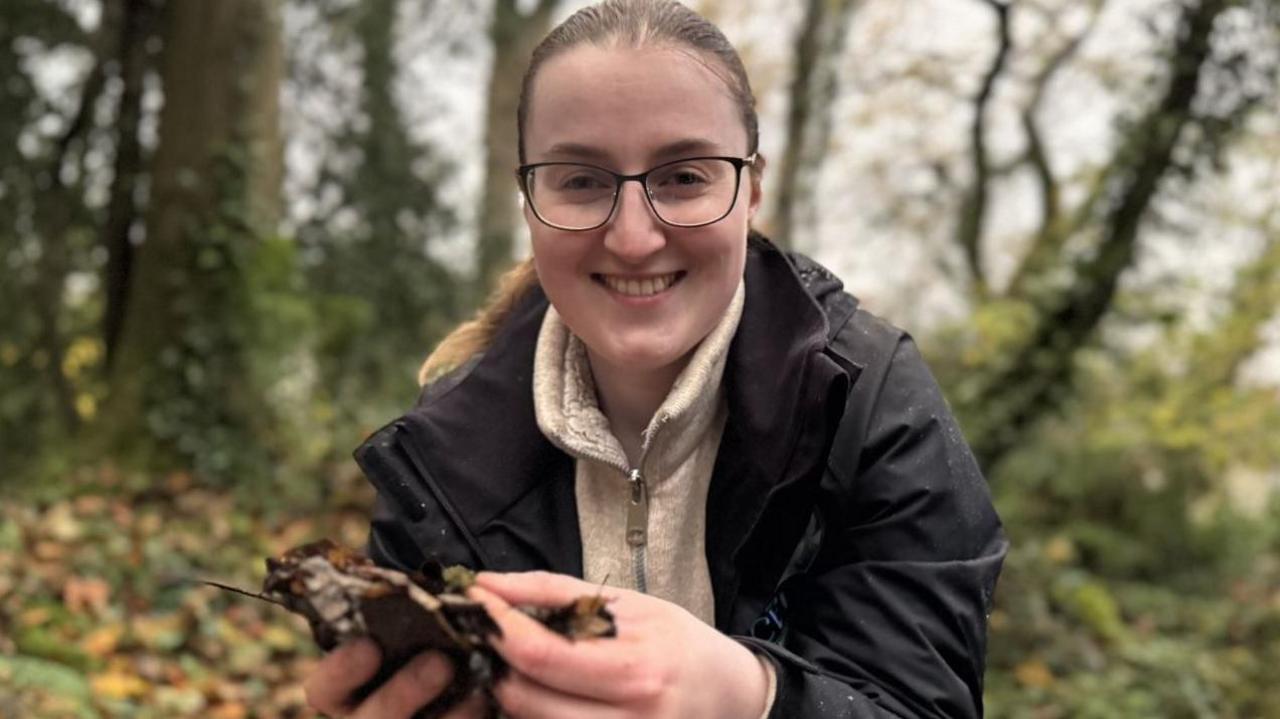
Niamh Carmichael from CEDaR says earthworms are "a really important group" for conservation in general
- Published
They are the farmer's friend, but data on the earthworms of Northern Ireland is thin on the ground.
A team of scientists is hoping to plug that gap by gathering samples for analysis and training ordinary people to help build their database.
The Centre for Environmental Data and Recording (CEDaR) works with National Museums NI to record information about local wildlife and the habitats they need to thrive.
And as one of the events to mark their 30th anniversary, they are turning their attentions to earthworms.
Samples have been gathered from Colin Glen in Belfast and it is hoped they will give an insight into how this very important species is doing in Northern Ireland.
A "foundation" species
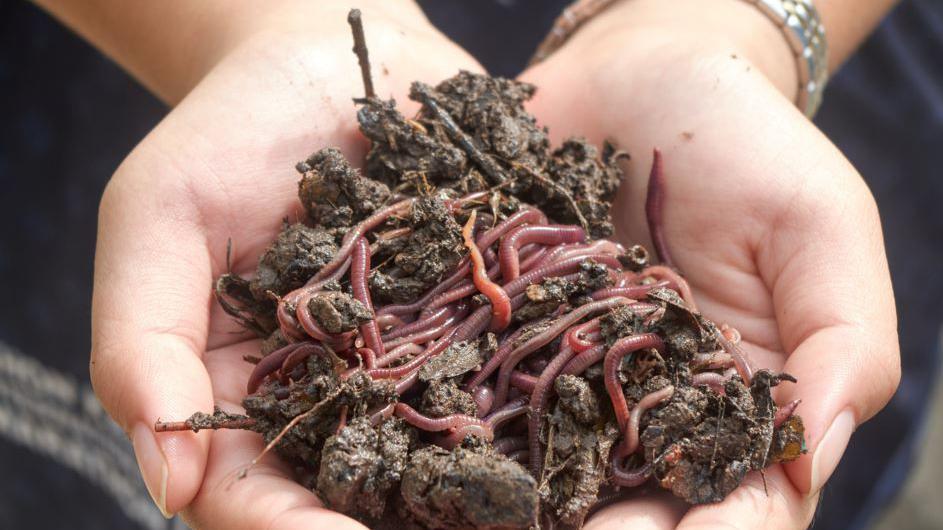
Information on earthworms is relatively scare across the UK
Earthworms were added to Northern Ireland's priority species list in the latest review, meaning they need help.
Niamh Carmichael from CEDaR said the species is "a really important group" for conservation in general.
"They're brilliant decomposers, they're also food for a number of other species.
"They're basically the foundation for most of our ecosystems.
"And if we don't protect those wee guys then we're gonna lose everything else."
Information on earthworms is relatively scarce across the UK, with Northern Ireland having even less data available, according to Keiron Brown, a senior naturalist with the Biological Recording Company and a volunteer for the Earthworm Society of Great Britain and Northern Ireland.
"What we don't know about earthworms in Northern Ireland includes exactly what species we've got.
"In addition to that, we don't know how many we've got and we don't know how well distributed different species are."
And that, he added, leaves scientists like him with more questions than answers.
"Have we got species of earthworm that are restricted to certain parts of Northern Ireland? Are most of the species spread everywhere?
"And that means we can't even begin to think about things like conserving earthworms or managing sites and habitats for earthworms if we don't have that information."
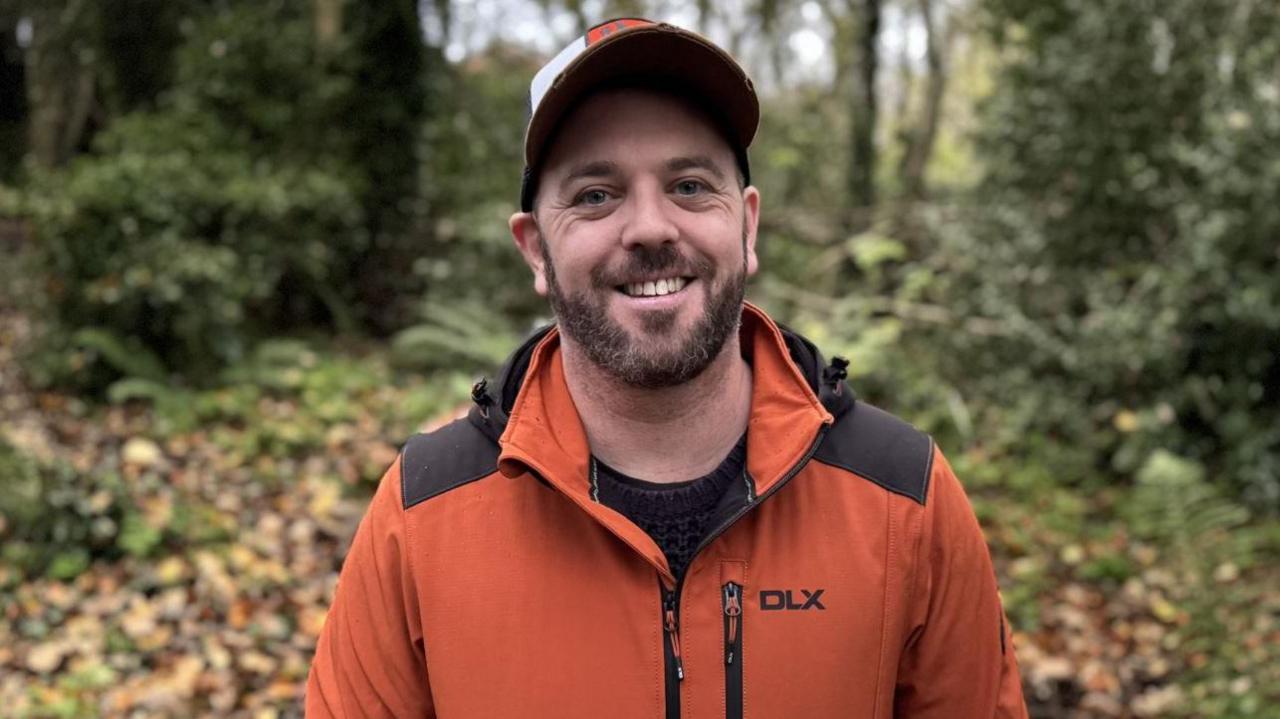
Keiron Brown is a senior naturalist with the Biological Recording Company and a volunteer for the Earthworm Society of Great Britain and Northern Ireland
Impact of invasive species
Like most of our biodiversity, everything from climate change to loss of habitat may be affecting earthworms.
But they are also at risk from an invasive species that arrived in Northern Ireland more than 60 years ago.
The first sighting of the New Zealand flatworm was here in 1963.
"Lots of things eat earthworms, but this is the only predator that can follow an earthworm down its burrow," said Keiron.
"So theoretically these could really impact our earthworm populations."
"With "little monitoring" of the invasive species, he appealed to anyone finding what they think might be a New Zealand flatworm to take a picture and upload the sighting to a national monitoring site, external to help scientists.
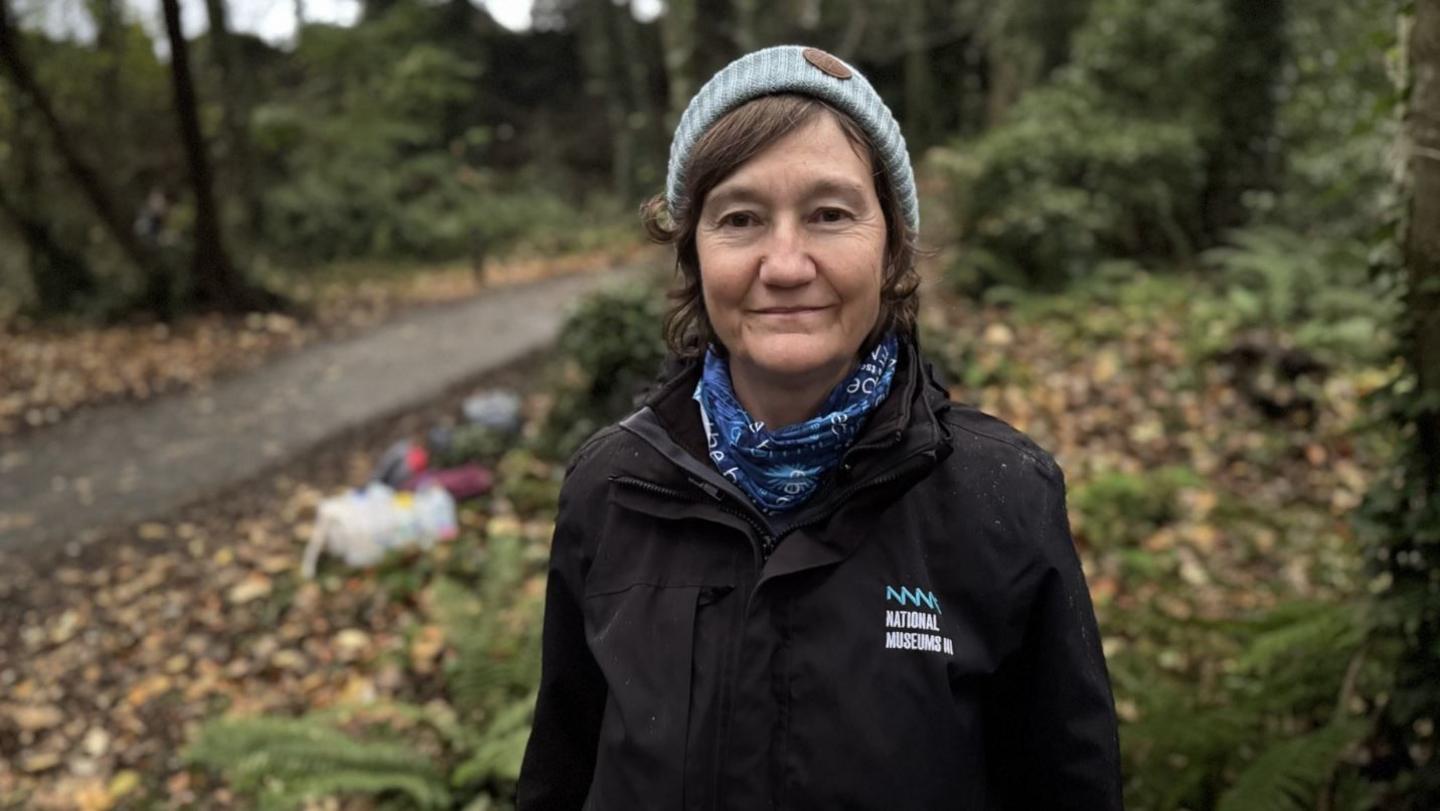
Helen James, a senior curator of Natural History at National Museums NI, is keen to use the samples she collects at the Ulster Museum to benefit all sorts of research
Ordinary people are playing a growing part in building reliable data.
As a senior curator of Natural History at National Museums NI, Helen James is keen to use the samples she collects at the Ulster Museum to benefit all sorts of research.
The adult worms that are gathered are used to help train people to identify species before becoming part of the museum collection.
"We can also use them to look at DNA studies so to see if the species that we're finding here are the same as the ones that occur in mainland Britain for example," she said.
"It's just a really important part of understanding our ecosystem of Northern Ireland."
Important food source
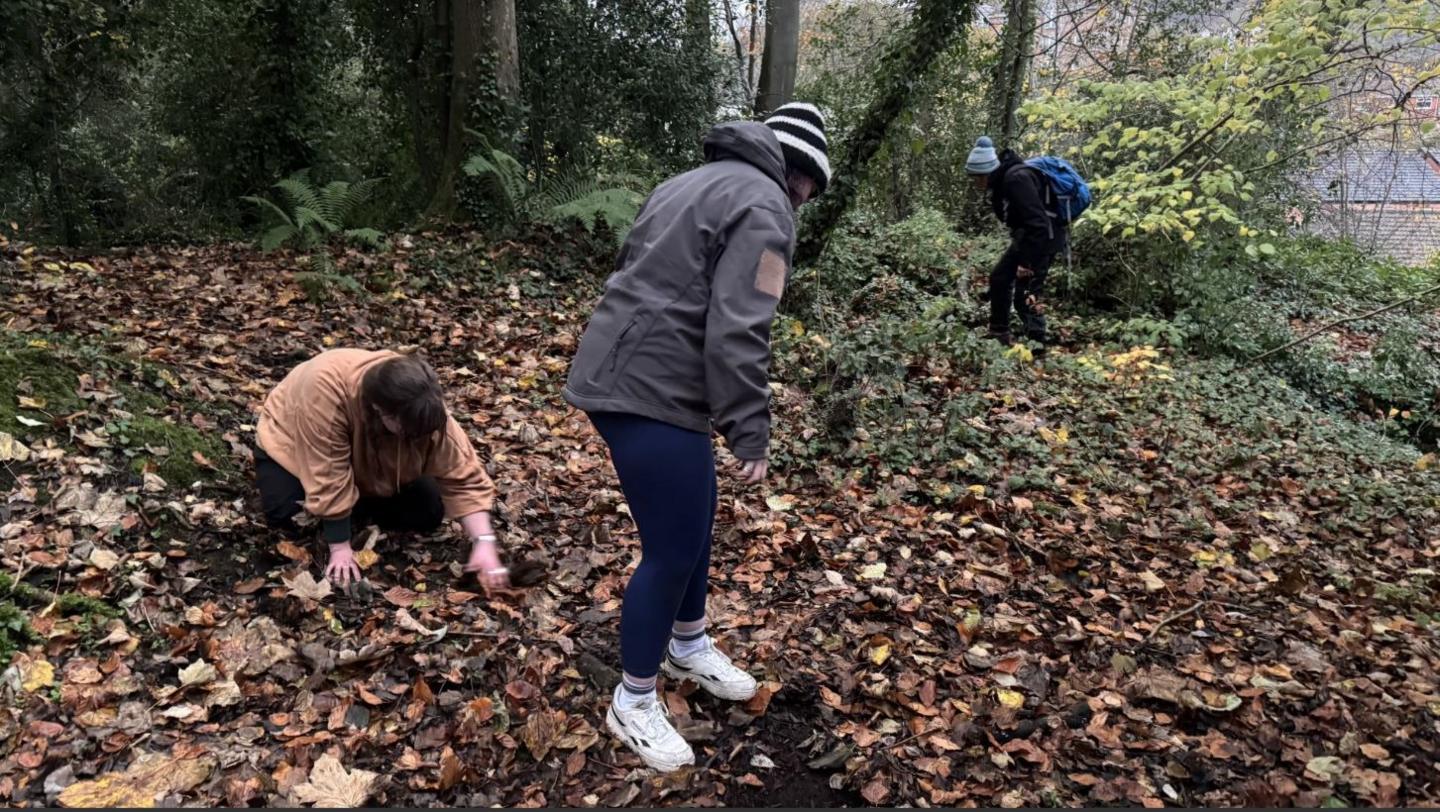
Samples have been gathered from Colin Glen and it is hoped they will give an insight into how this important species is doing in Northern Ireland
Earthworms perform a number of functions that ultimately benefit us.
In fact, analysis by the Agri-Food and Biosciences Institute found they provided £83m worth of environment services when looked at in terms of the value of grass growth.
Keiron Brown said they do more than help out farmers and gardeners.
"It's not just about breaking down the soil, which we all know.
"With their burrowing they create aeration into the soil, they allow for drainage, they fix nutrients into forms that are available for plants to take up.
"And they're actually a really important food source for many, many animals - badgers, hedgehogs, all the garden birds, as well as many other invertebrates."